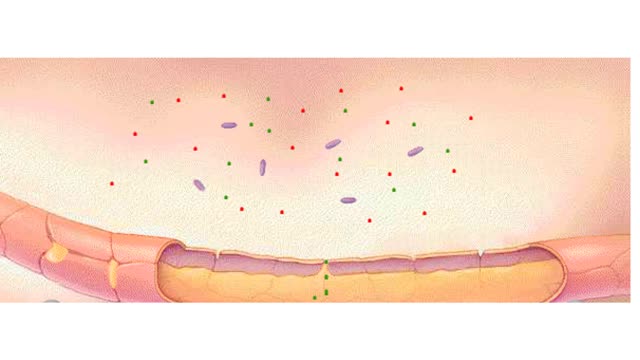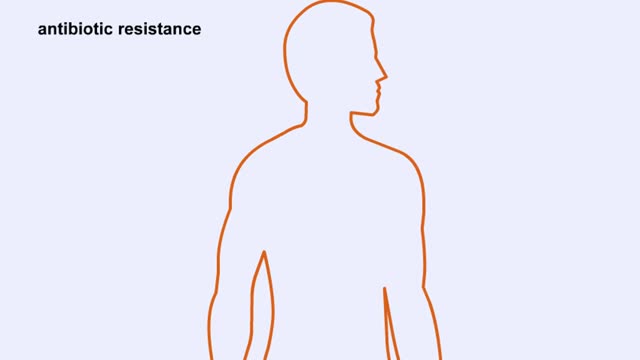Cellular defenses (natural killer cells, phagocyte types & process of phagocytosis)
By: HWC
Date Uploaded: 11/25/2019
Tags: homeworkclinic.com Homework Clinic HWC Cellular defenses natural killer cells antigens cytolysis ingest microbes neutrophils macrophages leukocytes Chemotaxis scavenger cells Adherence Exocytocis
• Lymphocytes that rapidly defend against abnormal (cancer) or virus-infected cells. • Found in blood, spleen, lymph nodes, and red bone marrow. • Lack receptors for binding with specific antigens. • Act upon cells displaying abnormal MHC antigens. • NK cells destroy cells in two ways: 1. NK cells release perforin molecules that form pores in the target cell's membrane, promoting cytolysis. 2. Upon contact with a tumor or virus-infected cell, NK cells release chemicals that cause the cell to die. • White blood cells that ingest microbes or other particulate matter. • Include neutrophils and macrophages. • Neutrophils are leukocytes that respond first to invading microbes. • Monocytes transform into scavenger cells known as wandering macrophages. • Phagocytosis follows sequential steps: 1. Chemotaxis. Phagocyte is attracted to site of infection by chemotactic substances originating from damaged or infected cells. 2. Adherence. Phagocyte adheres to microbe. 3. Ingestion. Phagocyte extends membrane to engulf and enclose microbe in a phagosome. 4. Digestion. Newly formed phagolysosome breaks down microbe with lysozyme, digestive enzymes, and oxidants. 5. Killing. Many microbes succumb to digestion inside the phagolysosome. 6. Exocytocis. • Microbes can fight back against phagocytes: • Toxins. • Multiplying. • Remaining dormant.
Add To
You must login to add videos to your playlists.
Advertisement












Comments
0 Comments total
Sign In to post comments.
No comments have been posted for this video yet.